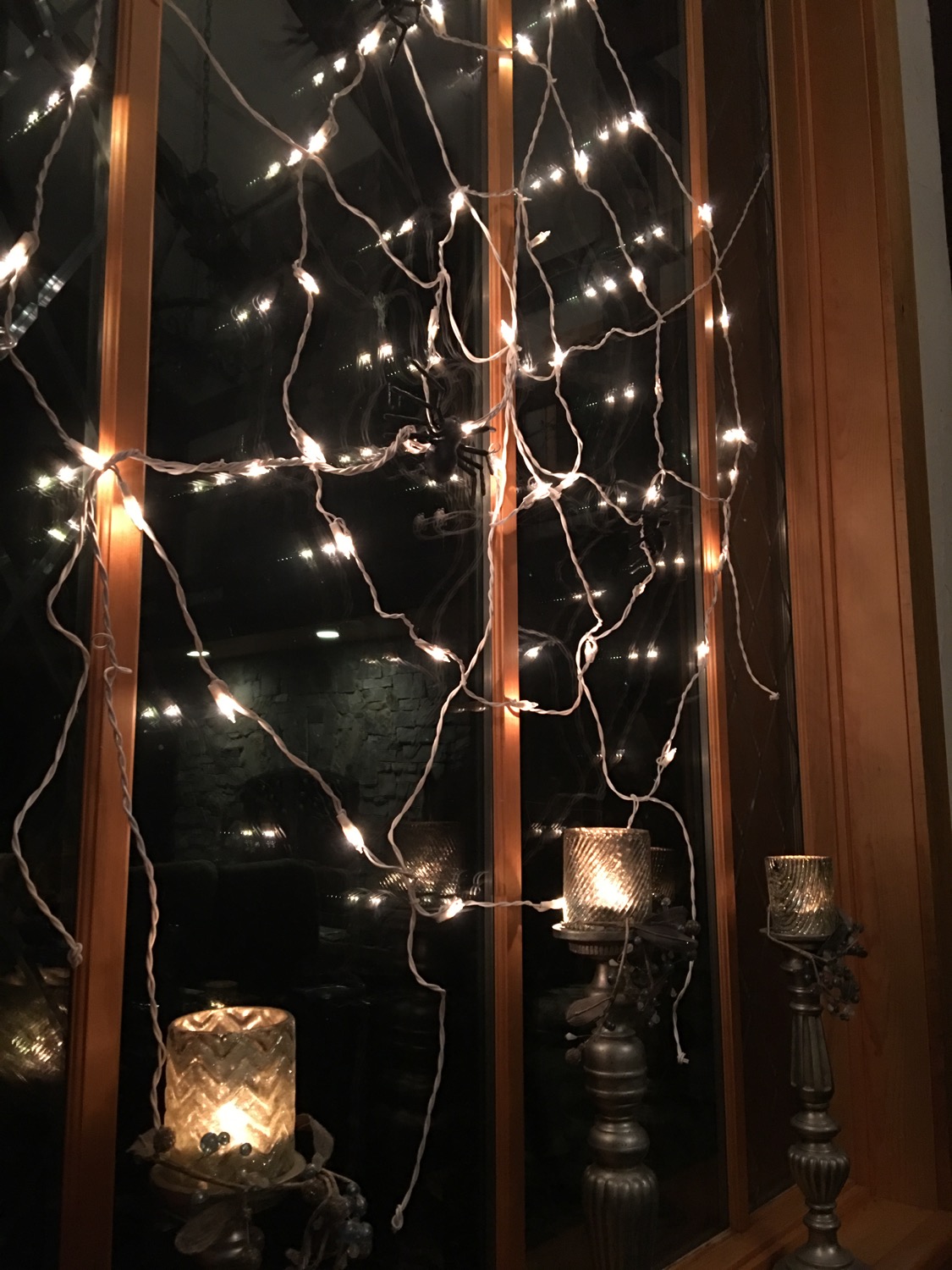PESD is not a diagnosis listed in the DSM-5, the widely used manual of psychiatric diagnoses. And yet professionals and ordinary people are seeing it. The morning after the election, I saw and heard about it everywhere, from people on both sides of the aisle. Yes, that’s right, from both sides of the aisle.
I have heard from hither and yon that people felt that our presidential election was a choice between lesser evils. How sad and disturbing to wake up and have a lesser evil for your President elect. How sad to have members of a family or friends fighting, arguing and estranged.
While there may not be such a thing as PESD, there certainly is PTSD, and the signs are clear:
- sleeplessness
- undue tearfulness
- nightmares
- intrusive memories of past traumas
- disinterest in food or inability to eat
Women have been particularly affected. Regardless of politics, no woman has supported Trump’s vulgar and abusive treatments of women. To seat him in the highest office in the land has made many of us feel vulnerable, on an institutional and cultural level. Election is endorsement, and endorsement is usually approval, though in this election, it certainly has the feel of concession. Events of this campaign show that while our society has made great strides toward fairness and decency towards everyone including women, sexism is still alive and well.
Today’s sexism is not as bold as it once was. Nowadays, it can be workplace bullying, or being passed up at meetings or for raises. It is unwanted subtle advances. It does not have to be “pussy” groping, though now that has officially been recategorized at the highest levels as “locker room talk”. It is being made to feel odd because you were a girl who was also a math and science nerd.
Lucky for you, I am a math, science and numbers nerd. And I don’t feel the least bit odd. Here is what the numbers had to say, before the election even took place:
- 10 % of women suffer from PTSD.
- 31% of women suffer form an anxiety disorder
- 12% of women suffer from depression
- 25% of women will experience a sexual assault in their lifetime
- 33% of women report having experienced sexual harassment in the workplace
- 100% of women report experiencing some type of sexual harassment in their lifetime.
reference :
Are we women really doing so well ? The number are roughly half this for men for PTSD, anxiety and depression. The election has caused us to collectively and individually revisit much of what has troubled us.
What to do ?
First of all, this needs to be taken seriously. It needs to be taken seriously on a personal and a societal level. If you know someone who was derailed by the election, make yourself available. Practice empathy and be a good listener. Do not debate politics, or ask about the the innermost workings of their mind or heart. Suggest general stress reduction techniques like regular meals, exercise, yoga, and sleep. Suggest a visit with a counselor or physician if there is genuine disruption in health or regular life activities. Do not force a plan on them. Do not add to their overwhelm. I am guilty of constantly trying to fix people even if what they really need is space. If you try to help too much, it feels like you are trying to take control and this is disempowering, pretty much the last thing they need.
I learned a new phrase when researching this post. It is, HOLD SPACE. This means to create a safe space for someone, a space where they will not be judged, and where no one will try to change them. It is space where they can be heard. It is unconditional support. I will be researching this gem of a concept further.
Have a better week. The holidays are coming. Take some time to plan to make them low stress and lovely.
Additional reading:
http://www.huffingtonpost.com/news/election-stress/
http://www.theatlantic.com/health/archive/2016/11/how-to-cope-with-post-election-stress/507296/
https://www.wired.com/2016/11/critical-role-self-care-handling-post-election-stress/





































